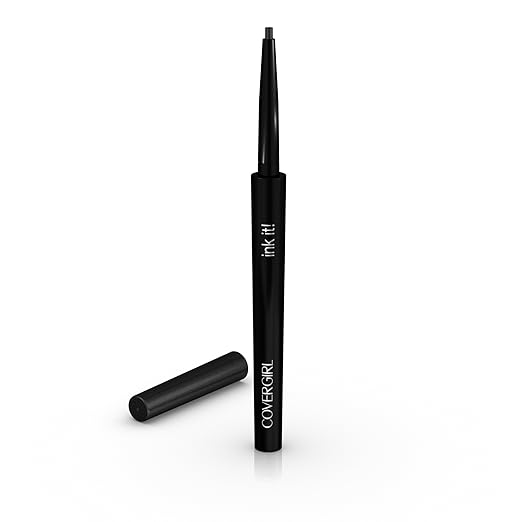One of the teachers I most admire gave me some advice when I was a new teacher. I asked him what is the most important thing a teacher can do to be effective and he said that he gets the best work and most significant learning from his students when he asks them to create something that they will share with other people.
After learning about negative numbers, my students were ready to learn how to graph ordered pairs in all four quadrants of the Coordinate Plane. After some practice with this skill, I gave the students a list of designs they could create on large pieces of graph paper by graphing points and connecting the dots. I got permission to hang them in the hallway leading into the library media center which allowed all the students and staff in the building to see their work. I think the students learned more about graphing points knowing the final product would be on public display. They worked harder on the designs, found and corrected any points that were graphed incorrectly, and worked collaboratively in small groups to create designs that they were proud to display for the whole school to see.
Many of the pictures came from graphing instructions available on
Mr. Colli's website.
This is the best deal I have found for
large graph paper with grid lines on Amazon (TOPS Standard Easel Pads, 3-Hold Punched, 27 x 34 Inch, 1" Grid, White, 50 Sheets/Pad, Cart of 4 Pads (7900))
NOTE: I have found that most designs will not fit on this graph paper unless you number the grid lines by 2s (. . . -10, -8, -6, -4, -2, 0, 2, 4, 6, 8, 10 . . .).










































